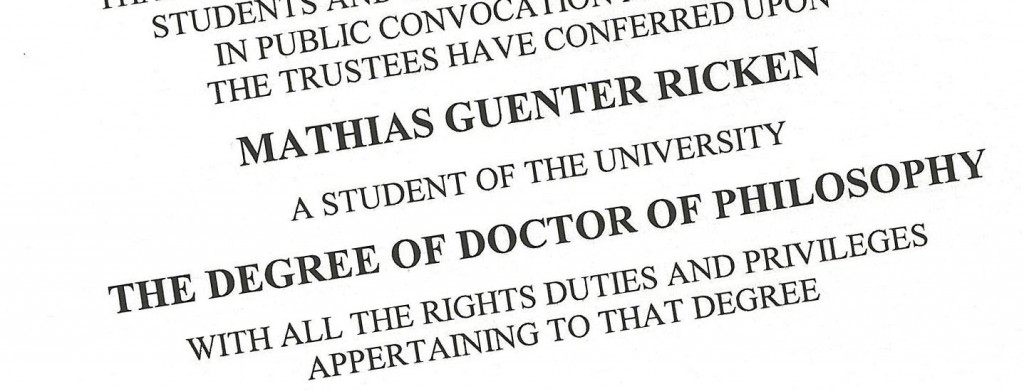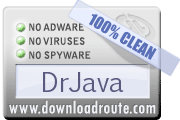I really like my MacBook Pro. I bought it to make finishing my thesis more enjoyable, and I’ve got to say, it worked. A couple of weeks ago, when I finished the last couple of chapters, I realized how nice it nonetheless is to hook the MacBook Pro up to a real monitor.
After that, I looked around for docking stations, and unfortunately, there aren’t many. The HengeDock seemed nice enough, though, so I ordered one.
The HengeDock arrived today. It was nicely packaged in a style that matches that of Apple, and it came with all the cables except for the Mini DisplayPort connector and the power adapter, which is understandable, those cost $30 and $80.
I began to feed the cables through the holes on the bottom, attached them to my notebook, and then attempted to insert it into the dock. Unfortunately, this is quite difficult. It took me a very long time to get them all lined up again with the holes on the bottom of the dock.
Once that was done, I struggled with lining up the cables so all of them make a connection at the same time, Most of the time, the power adapter couldn’t connect. Finally, I got that done, and I could actually work on a real monitor.
Unfortunately, when I pulled the MacBook Pro out of the dock, the Mini DisplayPort adapter came along. So I re-aligned everything and tightened the screws some more.
This is where the HengeDock has real problems. There are competing concerns of keeping the connectors in place and not breaking the thin pieces of plastic at the bottom. In the end, neither happened. The plastic broke and the connector still moved around.
Regrettably, I can’t recommend the HengeDock. It’s going back to the manufacturer.










